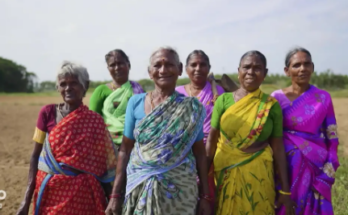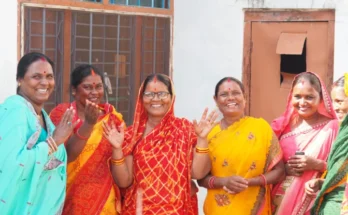
Dr Bhimrao Ramji Ambedkar is regarded today as among the tallest anti-caste Dalit leaders of India, a legal luminary who chaired the drafting of the Indian Constitution, and a man who championed a progressive vision for society.
He was well aware of the reality that the end of centuries of colonial rule would not be enough to improve the condition of Dalits, women and other marginalised groups. Existing hierarchies and systems of inequality would continue to operate, and perhaps the biggest such perpetrator was the caste system.
In 1936, Ambedkar was set to deliver a speech titled ‘Annihilation of Caste’ at a conference of the reformist Jat-Pat-Todak Mandal in Lahore. However, it was cancelled over demands for Ambedkar to edit the contents of his speech, which he refused to do.
Ambedkar later self-published the speech. At its heart, he argued that practices such as inter-caste dining and inter-caste marriages should not ultimately be the focus in the struggle for an equal society. Instead, he argued that the caste system as a whole needed to be eradicated. This was against the views of many Hindu reformists at the time, who advocated for incremental changes by the forward castes. Nonetheless, Ambedkar was sure it was necessary to create an ideal society.
An ideal society, according to Ambedkar
Ambedkar saw liberty, equality and fraternity as the organising principles of an ideal society. He wrote about the need for fraternity: “An ideal society should be mobile, should be full of channels for conveying a change taking place in one part to other parts.”
There should be “social endosmosis”, or the free exchange of information, so fraternity was simply “another name for democracy”. In a stratified society, this cannot happen.
“Liberty” would mean freedom from slavery, where “some men are forced to accept from others the purposes which control their conduct.” This would include the right to free movement and the ability to choose one’s profession – again, something the caste system does not permit because “some persons are compelled to carry on certain prescribed callings which are not of their choice.”
Ambedkar wrote that as a concept, “Equality may be a fiction, but nonetheless one must accept it as the governing principle.” Physical heredity, social inheritance and personal efforts can all differ among individuals. But not allowing others to come forward in society would result in “the selection of the privileged.”
Thus, he wrote, “It can be urged that if it is good for the social body to get the most out of its members, it can get the most out of them only by making them equal as far as possible at the very start of the race.”
When judging the state of a society, it was crucial to know how various groups interacted with one another and whether they shared a sense of community. He asked, “How numerous and varied are the interests which are consciously shared by the groups? How full and free is the interplay with other forms of associations? Are the forces that separate groups and classes more numerous than the forces that unite them? What social significance is attached to this group life? Is its exclusiveness a matter of custom and convenience, or is it a matter of religion?”
How caste prevents this
Ambedkar laid out the cruelties and inefficiencies of the caste system in great detail. Here are a few of his critiques from the perspective of its impact on harming society at large:
*He wrote, “Each caste not only dines among itself and marries among itself, but each caste prescribes its own distinctive dress… Indeed the ideal Hindu must be like a rat living in his own hole, refusing to have any contact with others. There is an utter lack among the Hindus of what the sociologists call “consciousness of kind.” There is no Hindu consciousness of kind. In every Hindu the consciousness that exists is the consciousness of his caste. That is the reason why the Hindus cannot be said to form a society or a nation.”
*“This anti-social spirit, this spirit of protecting its own interests, is as much a marked feature of the different castes in their isolation from one another as it is of nations in their isolation. The Brahmin’s primary concern is to protect “his interest” against those of the non-Brahmins; and the non-Brahmins’ primary concern is to protect their interests against those of the Brahmins. The Hindus, therefore, are not merely an assortment of castes, but are so many warring groups, each living for itself and for its selfish ideal.”
Towards the end of the speech, he said, “The Hindus must consider whether the time has not come for them to recognize that there is nothing fixed, nothing eternal, nothing sanatan; that everything is changing, that change is the law of life for individuals as well as for society. In a changing society, there must be a constant revolution of old values; and the Hindus must realize that if there must be standards to measure the acts of men, there must also be a readiness to revise those standards.”
Source: Indian Express



